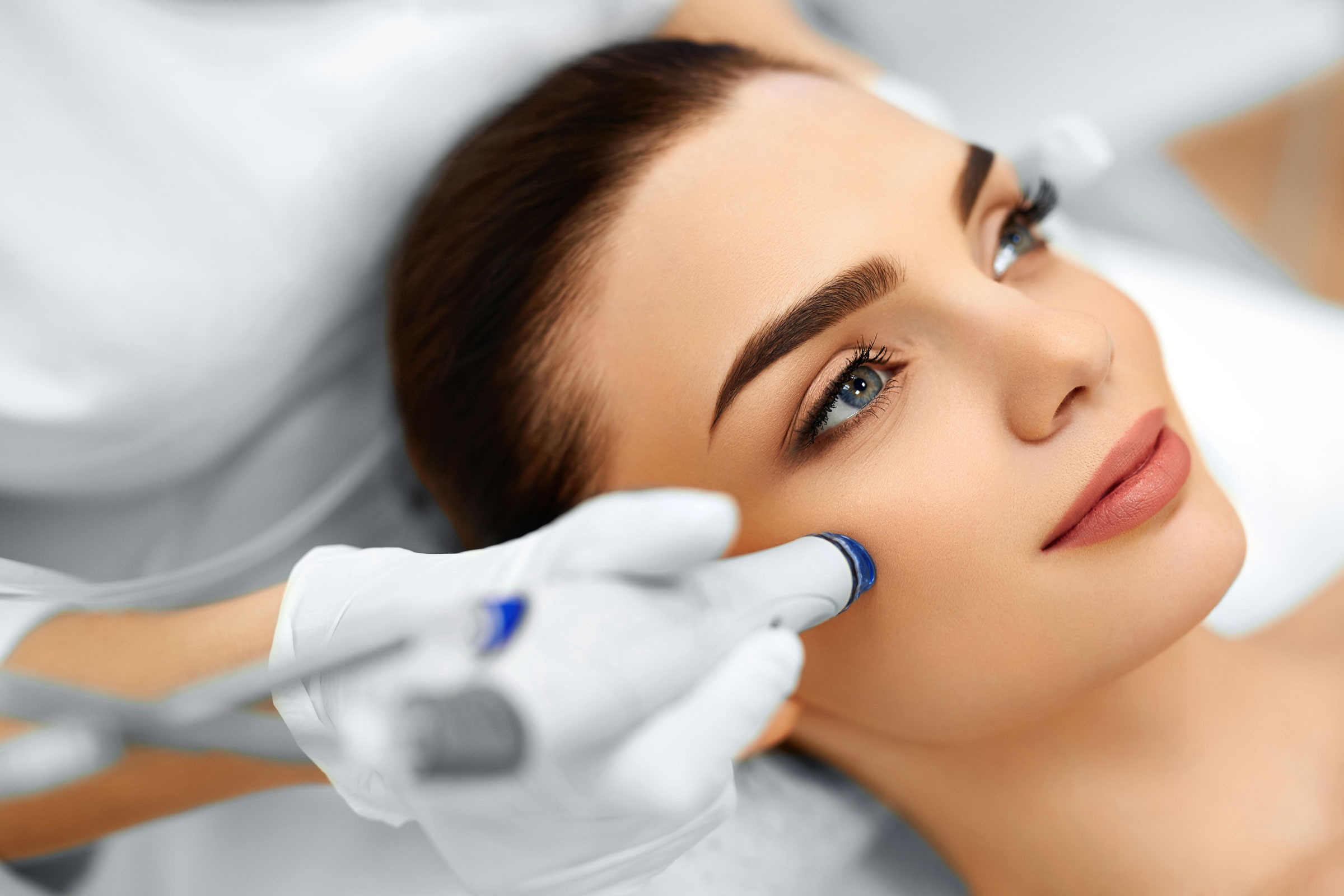
Microneedling, a popular skincare treatment, has gained significant attention in recent years for its ability to enhance skin texture, reduce scars, and promote overall rejuvenation. This minimally invasive procedure involves the use of fine needles to create micro-injuries in the skin, stimulating the body’s natural wound healing processes. As a result, microneedling encourages collagen production and enhances the absorption of topical products, making it a sought-after solution for individuals looking to achieve youthful and radiant skin.
Despite its impressive results, many are still unaware of the science behind microneedling and its various applications. From treating acne scars to reducing fine lines, this versatile technique caters to a range of skin concerns, appealing to those seeking a youthful glow without the downtime associated with more invasive procedures. In this article, we will delve into the benefits, process, and safety considerations of microneedling, helping you navigate this transformative treatment and understand its potential for your skincare journey.
Benefits of Microneedling
Microneedling is celebrated for its multitude of benefits that contribute to healthier and more luminous skin. One of the primary advantages is its ability to effectively reduce the appearance of acne scars and fine lines, making it an ideal treatment for those struggling with these concerns. By promoting collagen and elastin production, microneedling not only improves skin texture but also enhances elasticity, resulting in a more youthful complexion. Additionally, the procedure allows for better absorption of topical treatments, which can amplify the effectiveness of serums and creams used in conjunction with microneedling. For those interested in experiencing the transformative effects of this treatment, seeking out a professional provider in areas such as microneedling Chicago can yield excellent results.

Safety Considerations
While microneedling is generally safe for most skin types, it is essential to consider safety measures and potential side effects. Patients should consult with certified professionals to ensure that the procedure is tailored to their specific skin concerns. Factors such as skin type, existing medical conditions, and even medication can influence the outcomes of microneedling. Post-treatment care is crucial as well; patients should avoid sun exposure and apply appropriate moisturizers to aid in the healing process. By following safety guidelines and ensuring the procedure is performed by a qualified practitioner, individuals can enjoy the numerous benefits of microneedling while minimizing risks.
In conclusion, microneedling stands out as a potent and adaptable treatment option for those aiming to rejuvenate their skin and address specific concerns like acne scars and fine lines. Its ability to naturally stimulate collagen production, enhance skin texture, and improve the efficacy of topical products has made it a favorite among skincare enthusiasts. However, the importance of seeking treatment from qualified professionals cannot be overstated, as personalized care and adherence to safety protocols are vital in maximizing benefits while minimizing risks. By understanding the intricacies of microneedling, individuals can take confident steps toward achieving their skincare goals, embracing the journey to healthier, more radiant skin.



